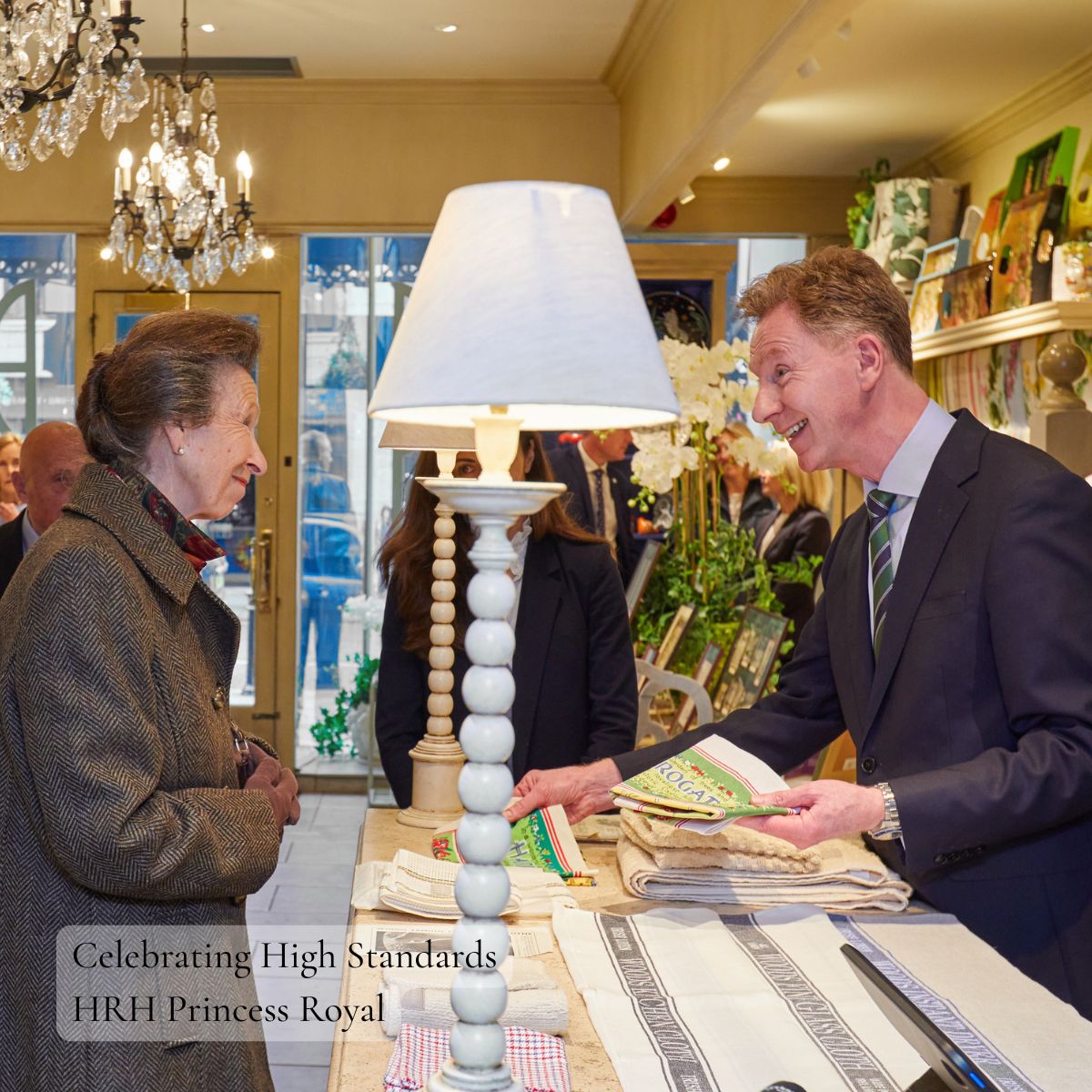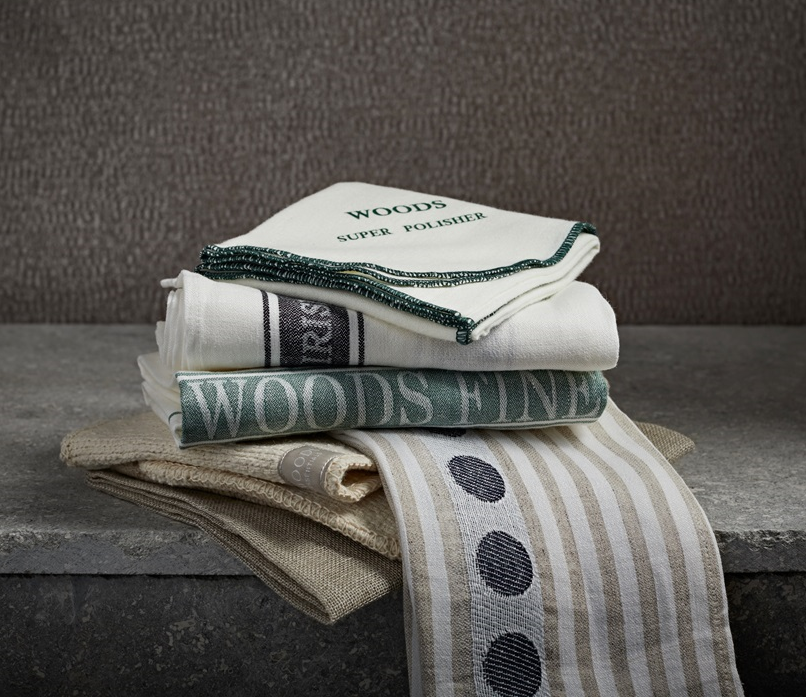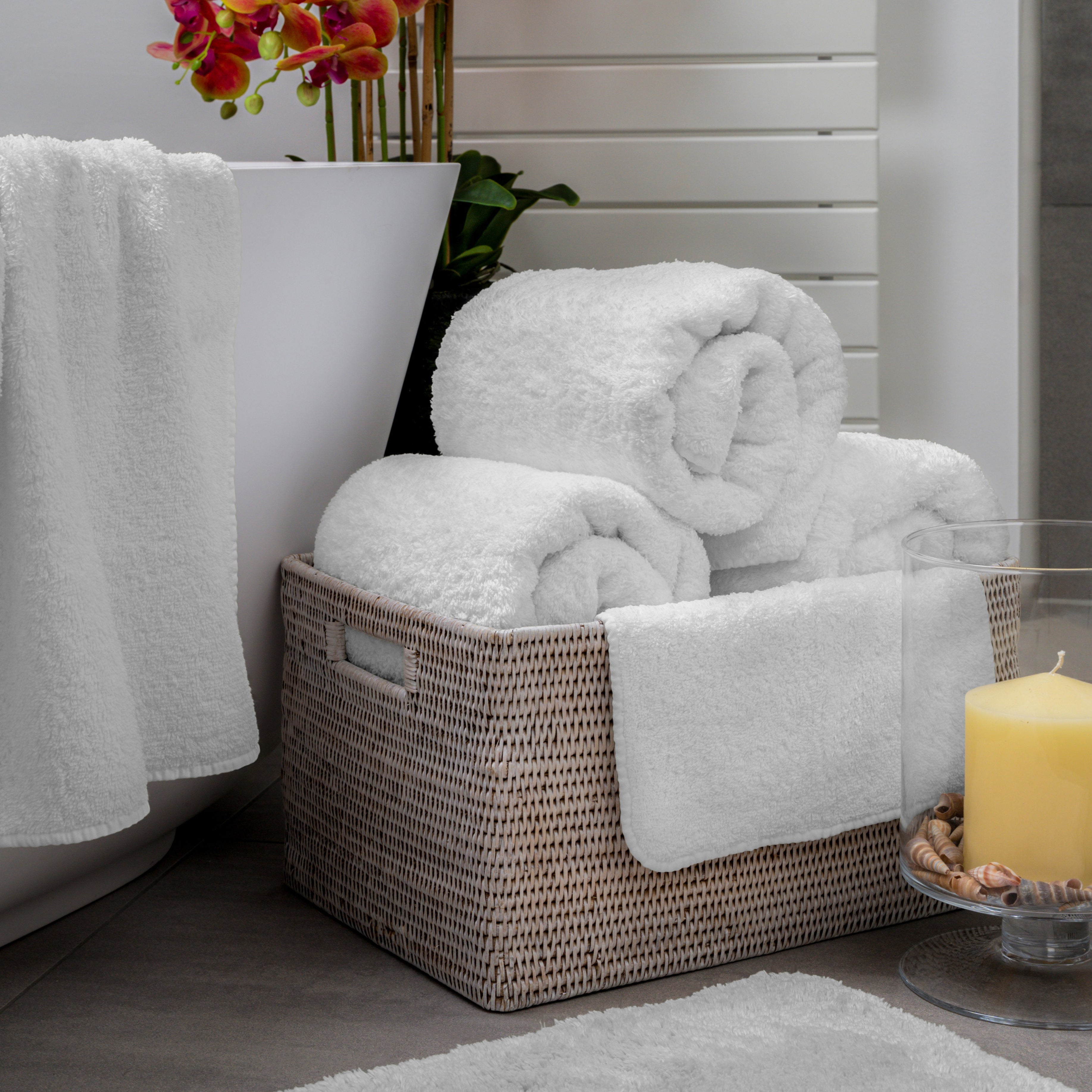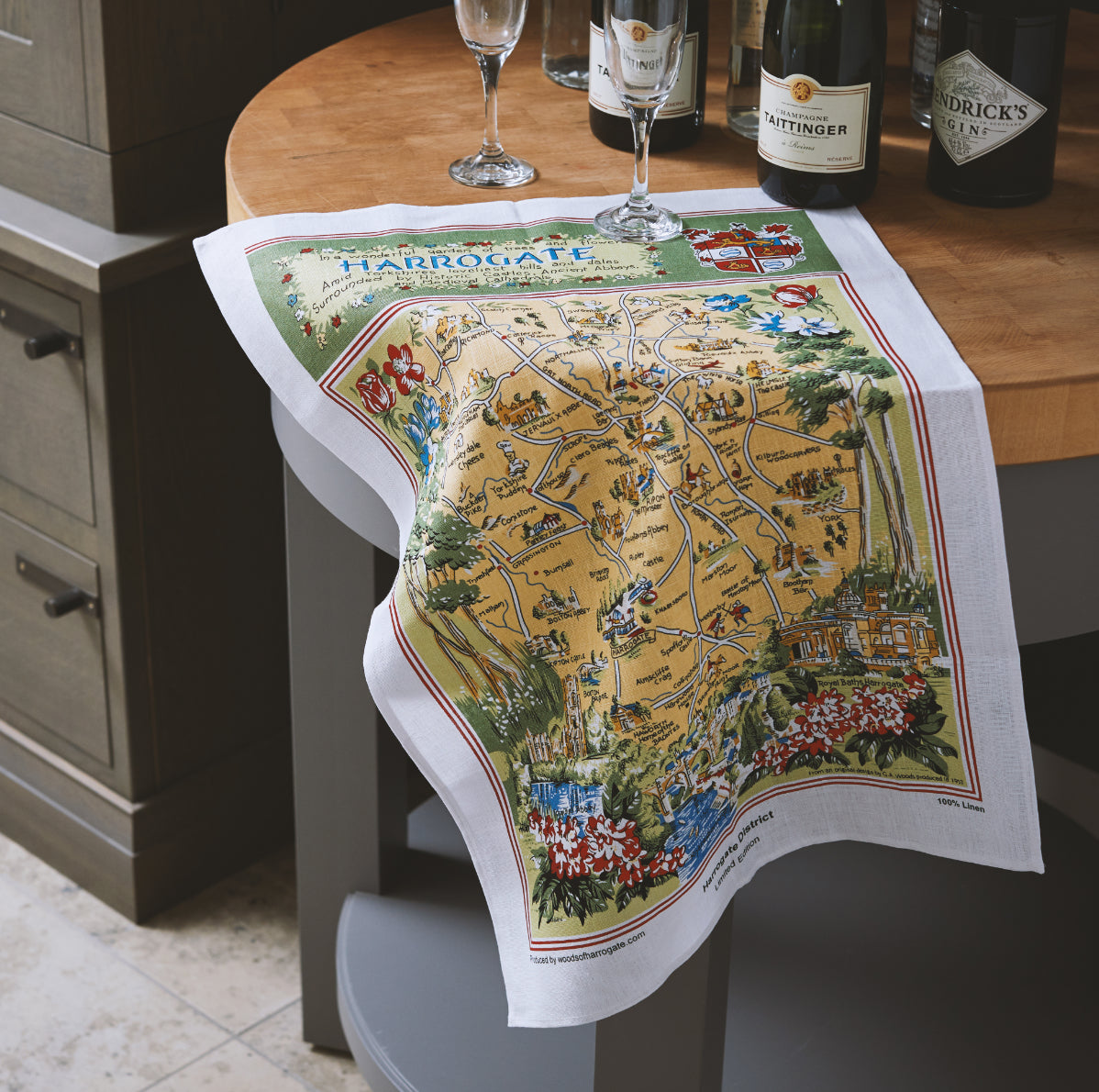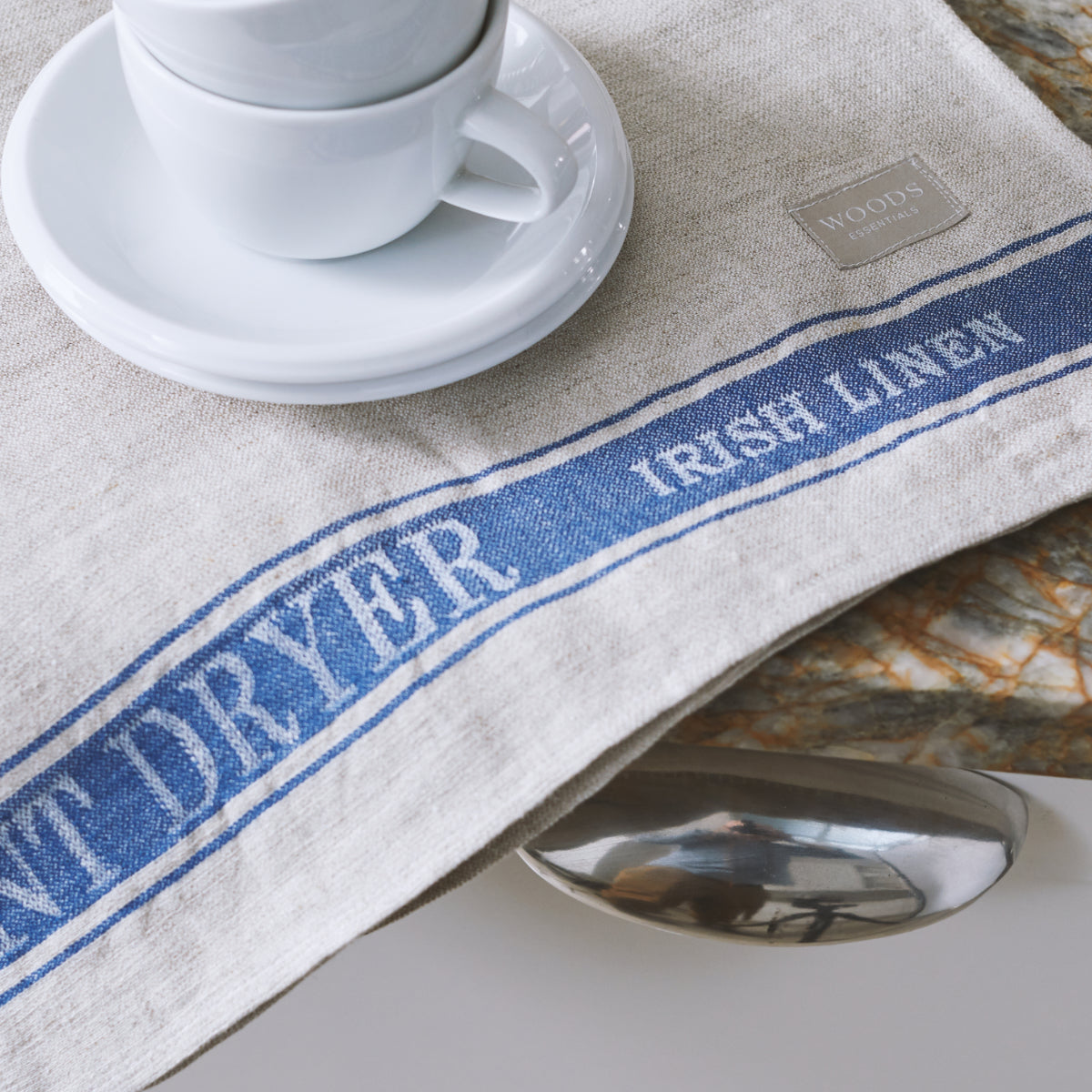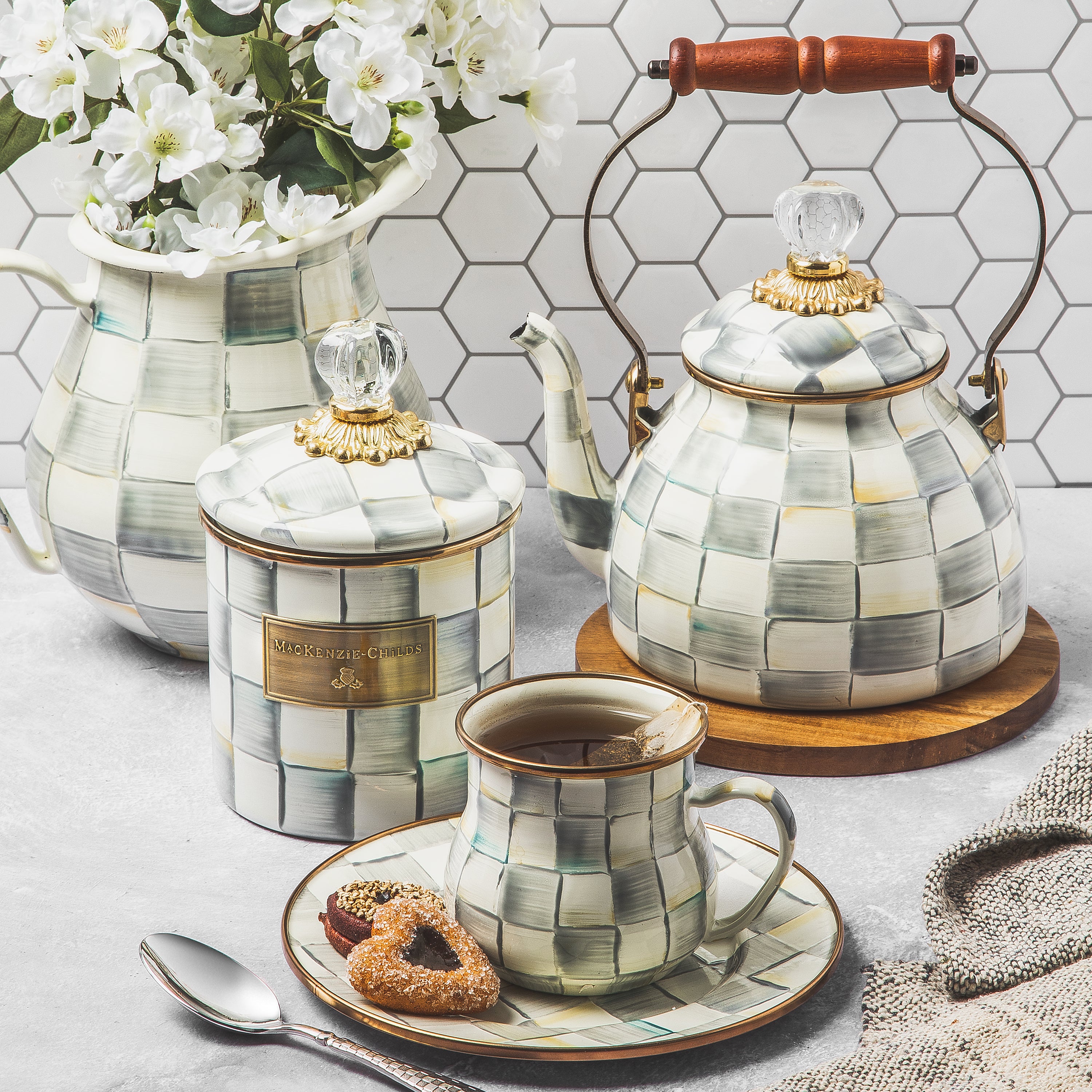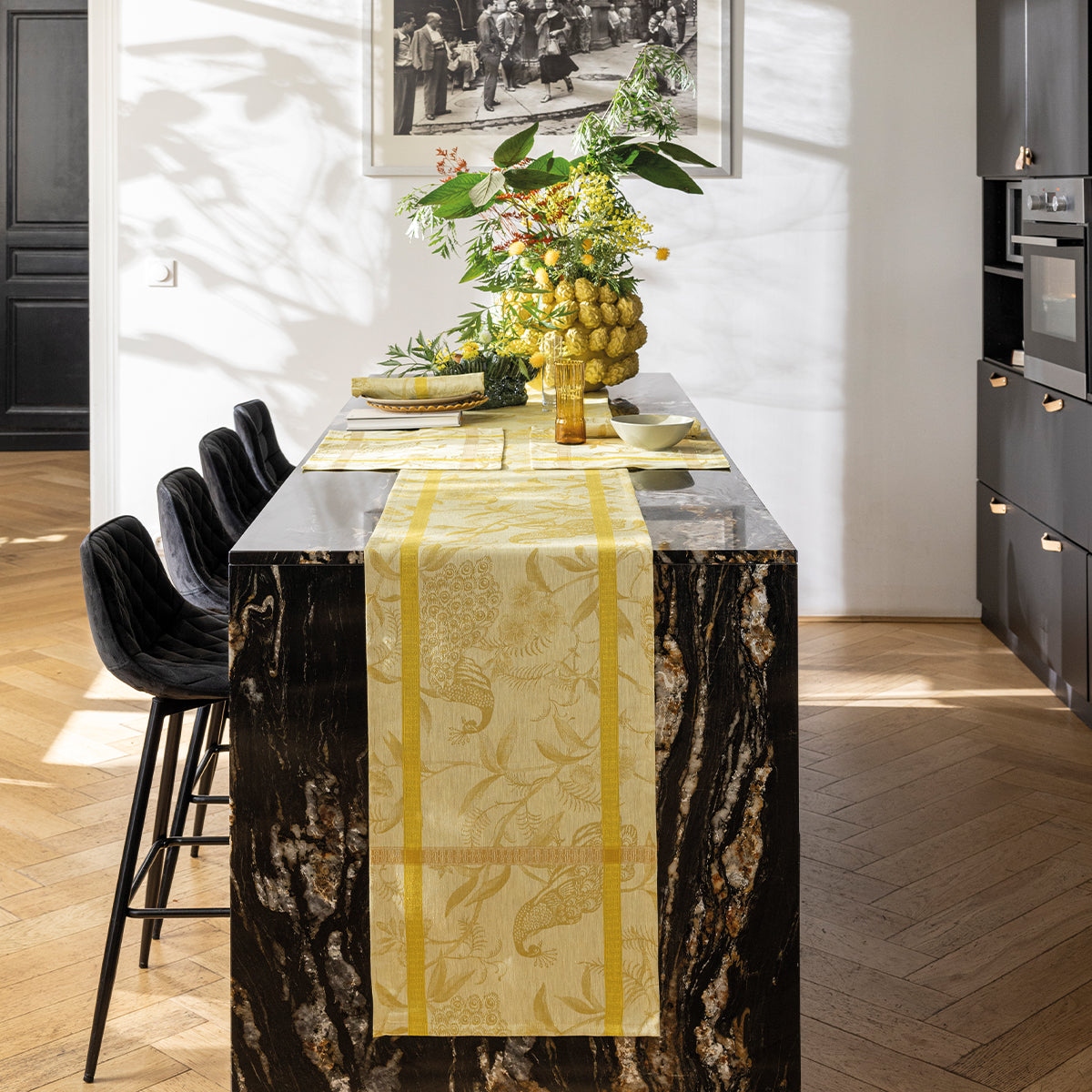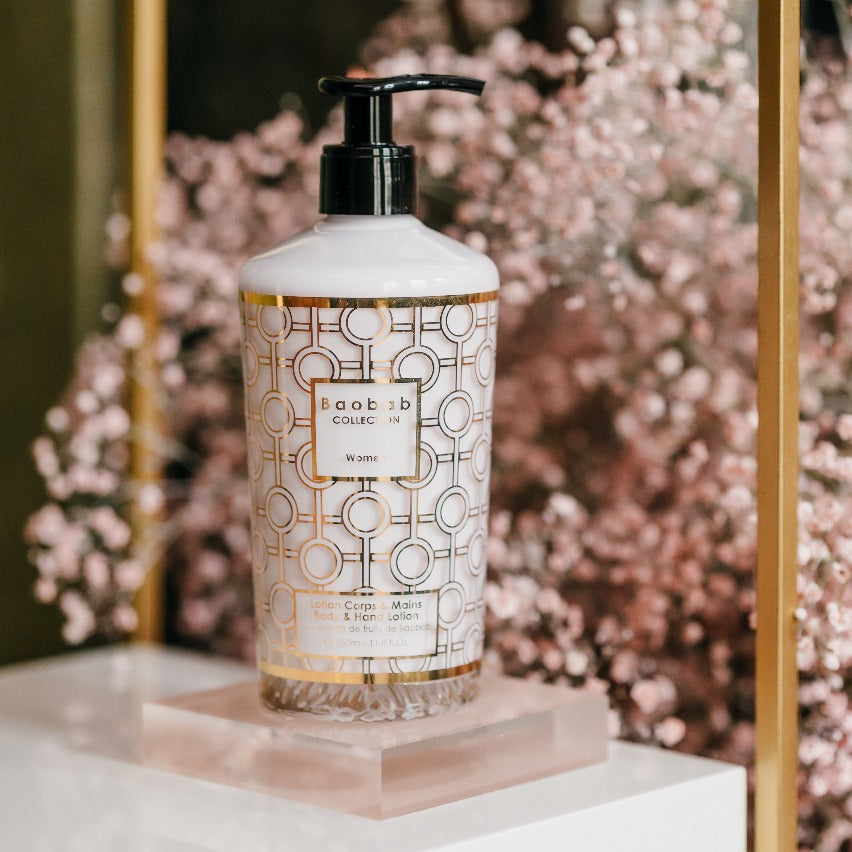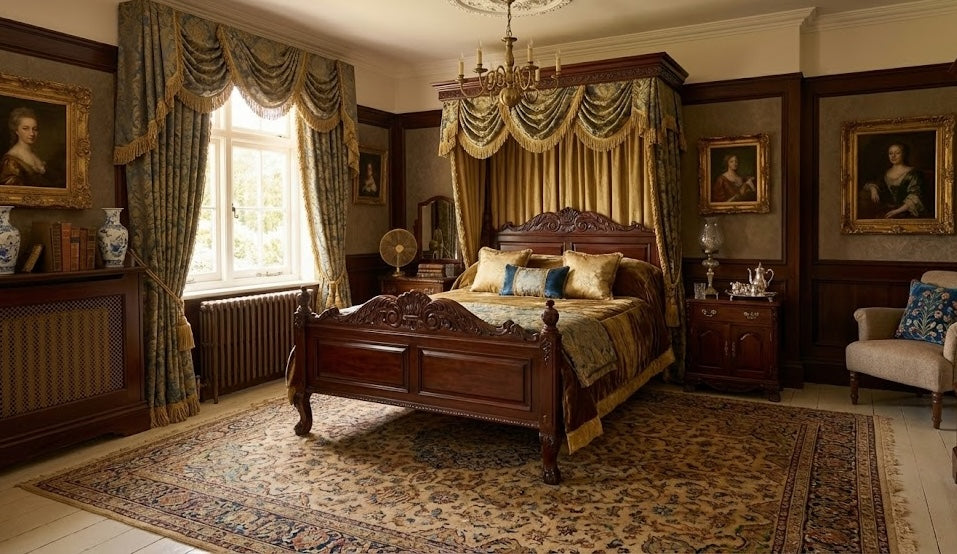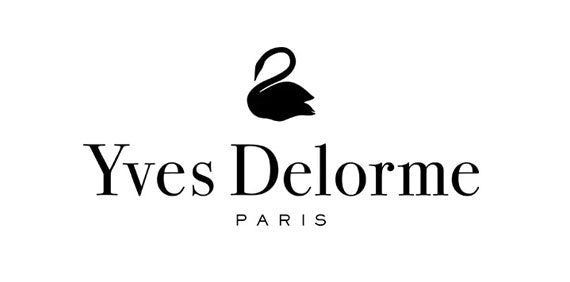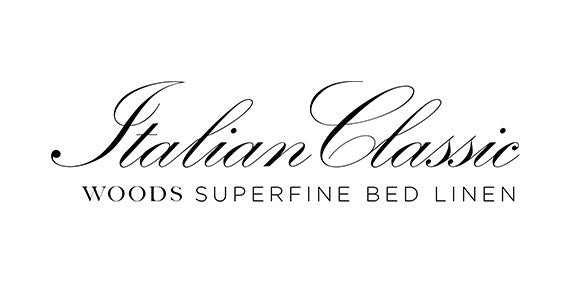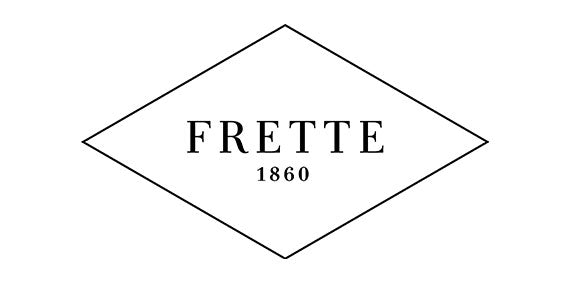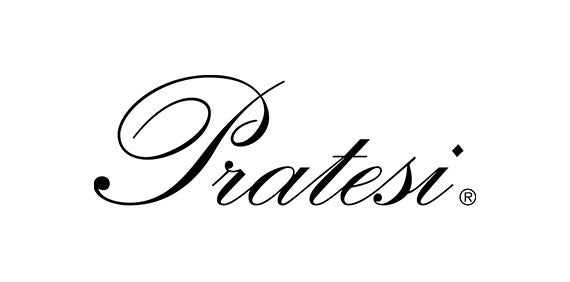
Authentic Egyptian Cotton: How to Read Labels and Provenance With Confidence
“Egyptian cotton” should point to fibre origin and meaningful quality, not just a marketing phrase. Labels vary, so this calm checklist helps you verify what a product really is before you buy.

1) What should an honest label tell you at a glance?
You should see clear fibre percentages and, when components differ, a breakdown for each one. Good labels also distinguish fibre origin from where the product is made, even though the legal focus is on fibre composition rather than origin wording. If you prefer to start with pieces where this is stated plainly, explore our carefully specified Egyptian cotton bed linen.
2) Does “Egyptian cotton” always mean cotton grown in Egypt?
Not always. Some labels use “Egyptian” loosely as a style term. Prioritise products that state fibre origin explicitly and avoid ambiguous phrasing.
3) Which technical terms on the label really matter?
Staple length, yarn count and weave. Long-staple fibres support smoother, stronger yarns. A plain-weave percale is crisper and typically breathes better than a denser sateen, which feels silkier and slightly warmer.
4) What if the label names a country that is not Egypt?
That can be perfectly fine. A set can be woven and finished in another country using Egyptian-grown fibre. Look for transparent wording that separates fibre origin from manufacturing location, and check that the same story appears on tags and the product page. If you are building a complete set, our wider bed linen collection lets you keep specifications consistent across the bed.
5) How can you check authenticity beyond the swing tag?
Match the details across the care label, packaging and product page. Reputable makers keep wording consistent, list fibre composition clearly, and often reference mills or fabric specifications. Where applicable, accreditation from the Cotton Egypt Association — including modern verification methods — adds reassurance.

UK Label Rules, At a Glance
-
Fibre content must be shown for textile products, and if components differ, each component’s fibre content must be listed.
-
Labels must be durable, easily legible, visible and accessible, and for UK supply in English.
-
Only approved fibre names may be used under the textile labelling rules.
Provenance-verification ladder
Start with simple checks and only step up if you need more certainty.
-
Label clarity: Fibre content listed; wording distinguishes fibre origin from manufacturing country.
-
Consistency: The same details appear on swing tag, care label and product page.
-
Accreditation: Look for recognised Egyptian Cotton™ accreditation and traceability.
-
Scientific testing: Some programmes use laboratory methods, including DNA testing, to verify Egyptian-cotton claims.
6) Does a higher thread count prove authenticity or comfort?
No. Thread count measures density, not origin or performance. Focus instead on fibre quality, yarn and weave.
7) What does good consistency across the set look like?
Pillowcases, sheets and covers should share the same fabric specification and hand feel. If you are adding to an existing set, choose matching pillowcases and duvet covers to keep the finish uniform.
8) Are there simple hand checks you can do at home?
Hold the cloth to natural light: an even plain weave on percale is easy to see. Run the fabric over the back of your hand; it should feel smooth, dry and quietly substantial, with neat stitching and stable hems.
9) What care helps preserve authentic quality?
Wash with a measured dose at a suitable warm temperature. As a guide, 40°C suits most sets; 60°C is appropriate for whites when the care label allows. Avoid heavy softeners that can coat fibres. Line dry where possible for a naturally smooth finish. When replacing a base sheet, choose a matching specification from our fitted sheets to keep the bed consistent.

Red flags to avoid
-
Vague phrases such as “Egyptian quality” without a fibre-origin statement.
-
Care labels that omit fibre percentages for separate components.
-
Very high thread count used as the only quality claim.
Quick checklist before you buy
-
Fibre origin stated clearly, not implied.
-
Weave and yarn details listed with care instructions.
-
Manufacturing country identified separately from fibre origin.
-
Consistent specifications across pillowcases, sheets and covers.
-
Calm hand feel and neat stitching on close inspection.
For previews of new weaves, seasonal sets and private offers, join our Heritage Partnership.

